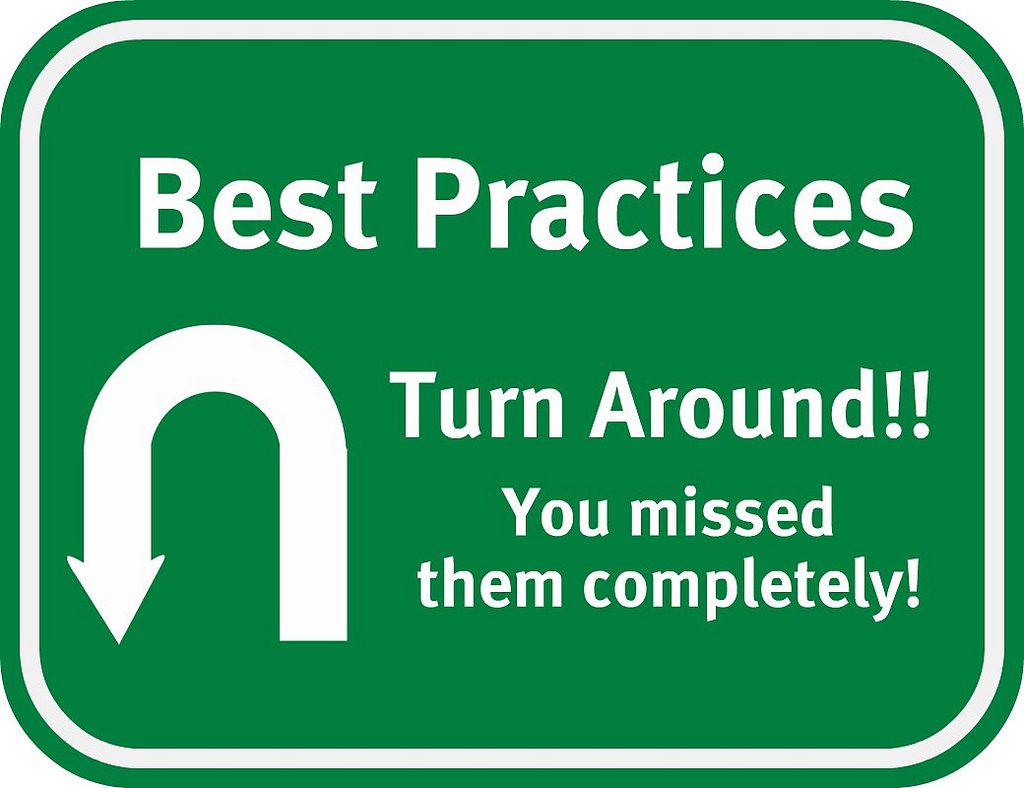
Talk: Behind Agile Practices (RO)
About
I gave this talk about Agile Practices at the Bucharest Agile Software Meetup Group, Agileworks. It’s in Romanian, because that’s what the audience wanted.
One by one I explain how some of the most common agile practices emerged. Also I explain when and why it’s a good idea to apply them. As seen in practice, some practices are just a hype, and they are very difficult to implement in an organization. Due to that you should always take into account the negative impact of introducing a new practice. Also be prepared for the consequences. There is no such thing as a perfect practice, you can always generate negative effects.
Agile started to become a hype because more and more companies are forced to deliver software faster. Because the markets are changing faster, the production and delivery speed is essential in this fast-paced world.
The last topic I am addressing is the apparent need or organizations to scale agile. There are multiple ways of scaling agile (horizontal, vertical, etc). Most of all we must ask ourselves if we really need to scale. Scaling agile too fast may generate counter-effects. Probably the worst effects are the decrease in productivity and minimizing the focus on the product value. Finally we can scale an organization and focus on the agile format, but not on its values.
Some Agile Practices:
-
Cross Functional Teams
- Less hands-offs
- Less documentation of hand-off
- More communication face-to-face
- Features are done faster
-
Rituals
- All rituals have a purpose
- Is the purpose appropriate for your context?
- Did you choose the correct ritual?
- Rituals create habits
- Good habits create performance
- Bad habits hinder performance
-
Habits
- Typically a habit results after doing the same thing over 20-30 days without stopping
-
Group Decisions
- Inintentional Blindness
- Problem solving in groups
- Review
- Post-incident investigation
- Introduce new ideas
-
Estimates
-
Scaling
Sounds interesting? I can deliver this talk in English or French as well in your community, company or at your conference. Just ping me.
Image credits
https://c2.staticflickr.com/8/7164/6675224737_e680a2e684_b.jpg
